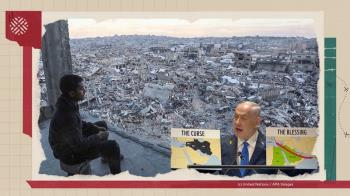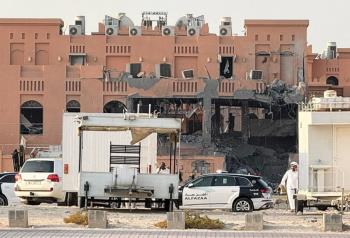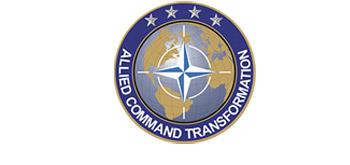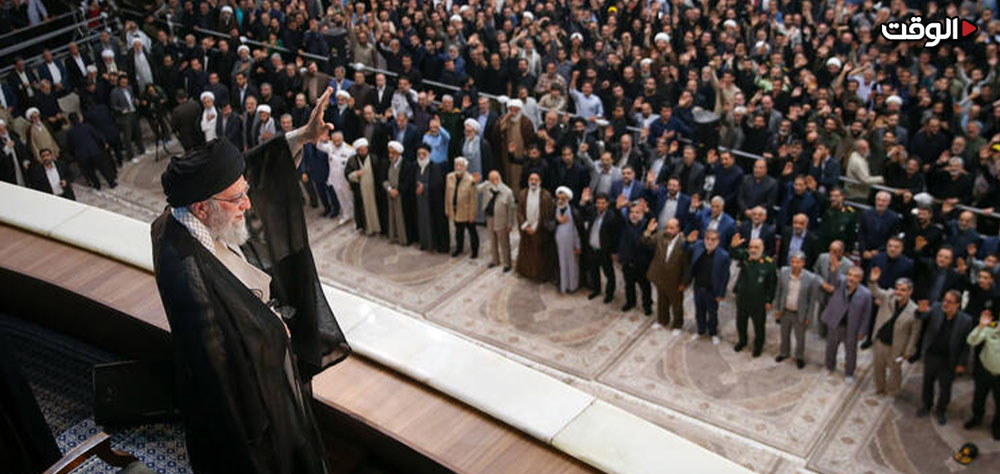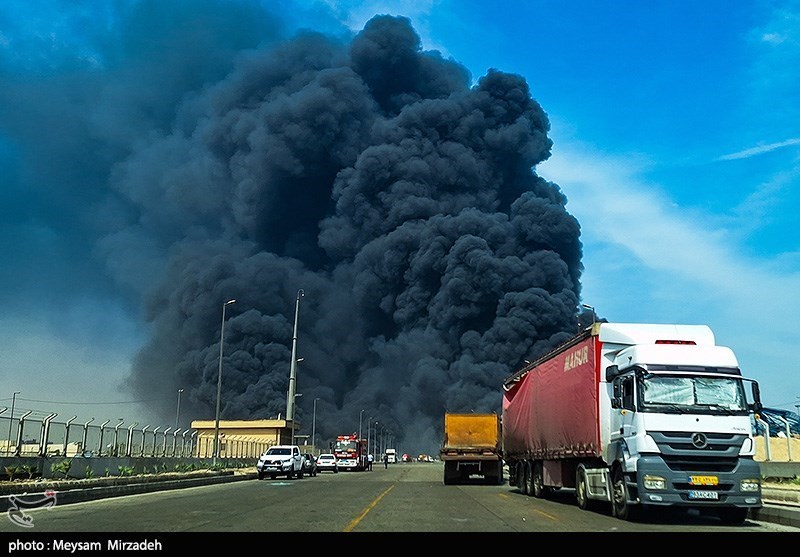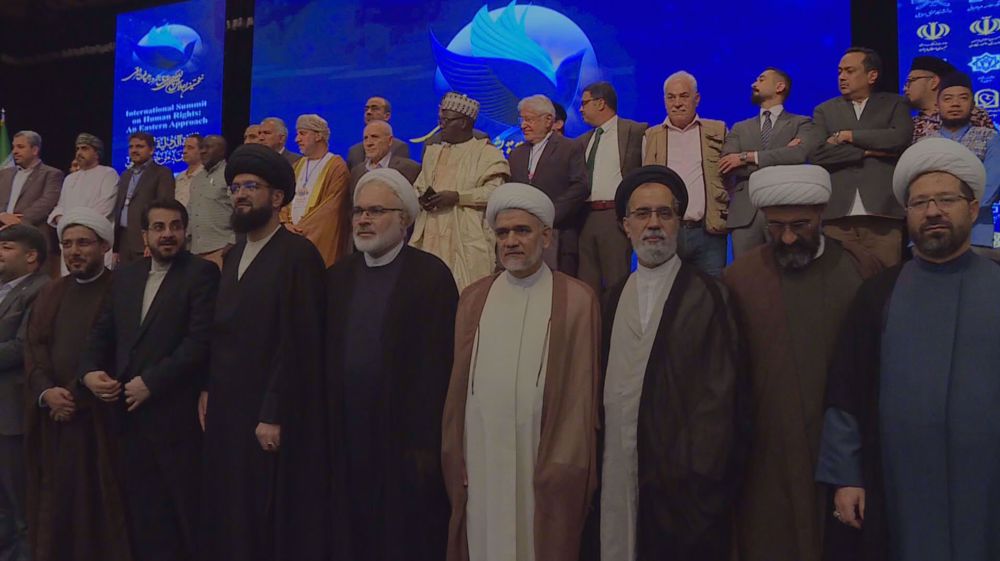Alwaght- Washington is looking at Libya as one example of how it will handle potential negotiations with North Korea on dismantling its nuclear program, John Bolton, who became the US national security advisor three weeks ago, told Fox News in his latest comments on Pyongyang disarmament process.
He said that he thought quitting the nuclear weapons was a strategic decision that North Korea needed to make. He added that what the US wants from the North is real steps towards that and not simple words. Bolton further said that the Libyan leader Muammar Gaddafi secretly entered talks with Washington.
"One thing that Libya did that led us to overcome our skepticism was that they allowed American and British observers into all their nuclear-related sites. So it wasn't a question of relying on international mechanisms. We saw them in ways we had never seen before," Bolton maintained.
Bolton noted that President Kim Jong-un of North Korea may not take the same course the Libyan leader took. But he needs to make certain and tangible steps reflecting his will for such a strategic decision. The Trump’s top advisor said that Jong-un has his own ideas which need to be heard by Washington.
The US Secretary of State Mike Pompeo, who last week was confirmed for the post replacing Rex Tillerson, took stances similar to Bolton. He emphasized that the North should be disarmed Libya-style and cast doubt on the honesty of Pyongyang leader and said he needs to take irreversible measures for disarmament.
Bolton’s comments raise questions about the Libyan model. First, what are the details of the Libyan-style denuclearization? And what is behind Washington’s remarks of Libyan disarmament pattern while the negotiations are still on a shaky ground?
How is Libyan model?
The Libyan disarmament pattern consists of a string of developments happened to Libya’s nuclear program from 1990 to 2003 as the then Libyan leader Gaddafi was under the American strains to stop developing a nuclear program. Indeed, the Libyan model was a process of pressuring Tripoli to move back from constructing nuclear weapons. The process was referred to as a successful US motion under which the Americans managed to dismantle all of Gaddafi’s nuclear arms within a relatively short period.
Libya was developing its own nuclear weapons to make sure it will have a deterrence and a security guarantee in the face of the US threats with military actions that followed the bombing aboard the Pan Am 103 Scotland flight in 1988 for which the West held the Libyan government accountable. Under duress by crippling sanctions, increasing isolation on the global stage, and also feeling unsafe after Iraq invasion in 2003, the Libyan ruler announced that he was ready to give up his nuclear program. The concession of the Libyan government came without being rewarded back by the Americans.
The Libyan case of denuclearization is much vaunted as a successful one because it was concluded less than two years and included a full removal of the program from supervision to dismantling and transferring the facilities to the US.
But this fast and clear achievement does not look likely when it comes to the North Korean nuclear program. It seems that by accentuating Libya’s pattern, Pompeo and Bolton want to prevent a prolonged process of disarmament of Pyongyang, not similar to the long way they went to persuade North Korea to put aside its nuclear arms program.
Why Libya model?
Three factors should be highlighted as the main drives behind such a plan:
Entering into already-won negotiations
The first and the most important thing the US eyes in this model is stepping into a dialogue process with an already certain win for them. In fact, the American President Donald Trump wants to pose as a powerful leader capable of settling complicated global challenges. He intends to predetermine the results of the talks before his expected meeting with Kim Jong-un which is highly important for him at home and abroad.
Pyongyang’s fast and full surrender, even before an official deal
Another objective lies in Washington’s hope to get things done fast, including North Korea’s full succumbing to the US demands. The American leaders are aware that if the negotiations go lengthy, there would be risks changes in North Korean leader’s decision. In this case, things could go back to square one. Meanwhile, it should be taken into account that one of the main issues urged Pyongyang to go to negotiating table was China’s green light to the US-pushed sanctions which comes with the aim of pressing Washington to reduce its military presence on the Chinese borders. If the US does not make concrete concessions by withdrawing its forces from the Southeast and East Asia, China, as an ally of North Korea, will not allow more punitive UN measures against Pyongyang. This, in turn, will grant the North a breath time to return to pre-detente period.
Forcing Pyongyang out of the deal
There is another scenario, perhaps a covert one. It could be that the Americans essentially do not seek a comprehensive agreement in East Asia region. Because in case of a denuclearization deal, the US will lose the pretext of military buildup in the Korean Peninsula for the so-called protection of its allies against the North. Under this condition, Washington will be stripped of excuse to send its warships to the East Asia waters and will turn out the main loser in competition with Beijing, its biggest international rival.
With these all in mind, it can be concluded that the Bolton and Pompeo’s plan had set off the alarm bells to North Korea’s leader. Now aware of the US demand to sweepingly dismantle his nuclear facilities, Kim Jong-un could withdraw from negotiations anytime and resume his nuclear activities. In this situation, the White House will regain the excuse to more powerfully continue military buildup in East Asia.

